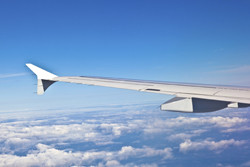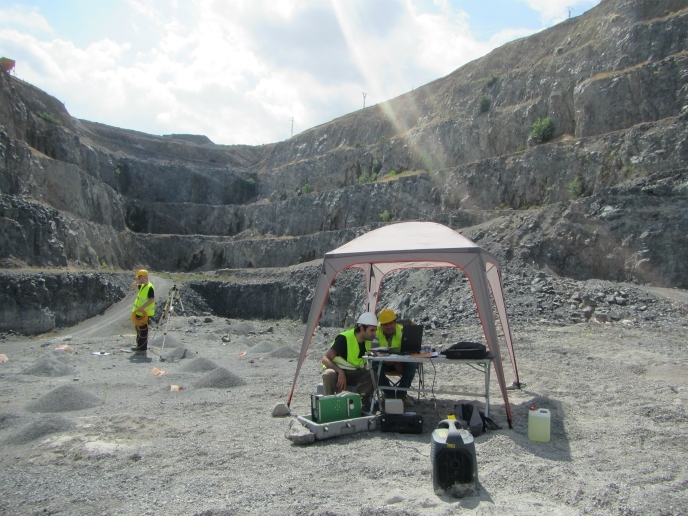Aeroplane skins mimic nature
Sleek designs that channel fluid flow, whether air or water, are common to sports cars, aeroplanes and marine vessels. Aerofoils (aerodynamic shapes) have been known to reduce drag for quite some time. However, it is only relatively recently that engineers have discovered something that nature has known for millennia. Among the many factors making sharks swim quickly is their specialised skin layer. Consisting of shingly-looking grooved scales, it minimises skin friction drag in the turbulent flow regime. Riblets are the biomimetic version making waves in sectors from aerospace to boating to swimsuits. These small grooves with sharp ridges a height of about 100 microns are coming of age within the European aerospace research arena. Their application to aircraft surfaces is demonstrating important reductions in fuel consumption and emissions. EU-funded scientists developed robotic painting technology to speed things along in the project 'Automated riblets application on aircraft parts' (INARAS). The INARAS system consists of the riblet application head and the robotic system that provides the necessary degrees of freedom to the head. It exploits a seventh axis to extend reach. The displacement platform positions and moves the part and a software suite controls it all. The team tested it on a mock-up of an aircraft wing. The robotic riblet application system successfully painted the full length and width of the mock-up. A professional video tracked the progress and samples were extracted afterwards from the painted film. Results demonstrated a complete absence of visible trembling and capability for perfectly straight trajectories with the required speed of application (2 m per minute) and displacement between layers. The maximum track-to-track deviation was one millimetre for a length of 10 m. INARAS technology paves the way to cost-effective and rapid riblet application on aircraft for important reductions in drag, fuel consumption and emissions. Lower fuel consumption also translates to lower operating costs for airlines. Maintenance of the system should be relatively straightforward as all components are commercially available for easy replacement.







